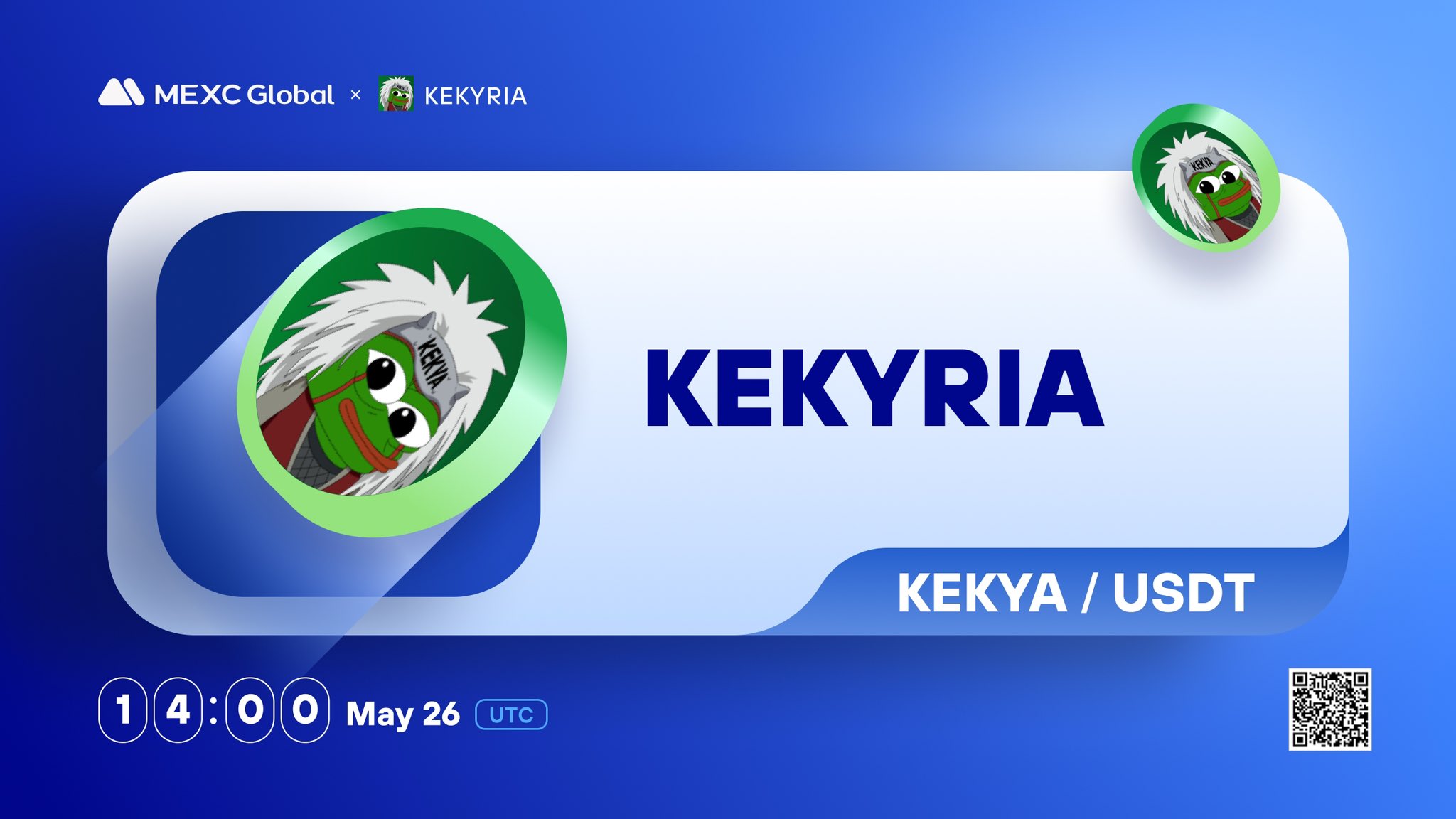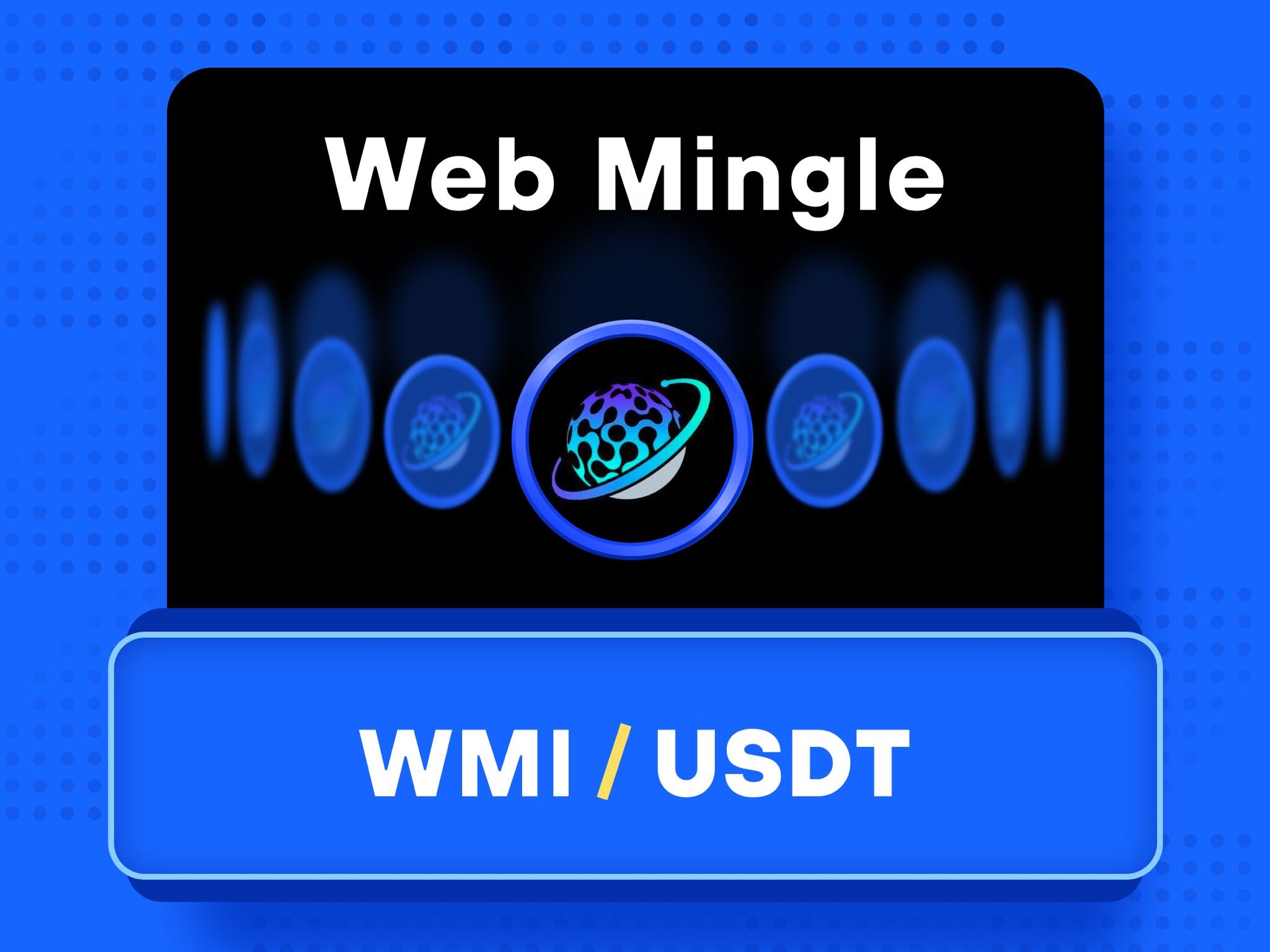
In today’s rapidly evolving blockchain landscape, network performance has become the critical bottleneck limiting the scalability and efficiency of distributed systems. DoubleZero Protocol is a decentralized infrastructure solution, offering a decentralized framework for creating high-performance permissionless networks optimized specifically for blockchain and distributed systems.
This comprehensive guide explores how DoubleZero addresses network infrastructure challenges through its innovative two-ring architecture, FPGA-based edge filtration, and smart contract governance, enabling improvements in bandwidth and latency for validators, RPC operators, and blockchain developers worldwide.
Key Takeaways
- DoubleZero Protocol Innovation: Creates a decentralized mesh network by transforming underutilized fiber optic links into high-performance infrastructure with FPGA-based edge filtration technology.
- Performance Optimization: Reduces latency, eliminates jitter, and filters spam at the network edge before traffic reaches blockchain validators, enabling significant performance improvements over public internet.
- Broad Application Support: Layer 1 blockchains, RPC nodes, MEV systems, and Layer 2 chains can leverage the protocol to overcome communication bottlenecks and achieve enhanced throughput.
- Innovative Architecture: Two-ring system separates traffic filtration from consensus building, allowing cooperative infrastructure sharing while maintaining decentralized operation through smart contract governance.
- Permissionless Participation: Contributors can monetize spare network capacity while users access optimized routing without long-term contracts or centralized dependencies.
- Market Differentiation: Addresses fundamental blockchain communication limitations that traditional internet infrastructure and centralized solutions cannot effectively solve.
Table of Contents
What is DoubleZero Protocol?
DoubleZero Protocol is a decentralized framework for creating and managing high-performance permissionless networks, specifically optimized for distributed systems like blockchain. At its core, DoubleZero transforms underutilized private fiber links into a dynamic and expansive global mesh network that filters and serves traffic across low-latency, high-bandwidth routes. The protocol enables distributed systems to send and receive information efficiently by combining individually-contributed fiber links into a synchronized network that filters spam, increases bandwidth, lowers latency, and removes jitter from communication.
The DoubleZero network operates through a permissionless controller that lives on a public blockchain, attracting new contributions with incentives while managing network configuration and routing in response to demand spikes, outages, and other disruptions. This network infrastructure layer frees systems like Layer 1 blockchains from communication bottlenecks, allowing them to approach the maximum performance that physics allows. In essence, DoubleZero creates “a new internet optimized for distributed systems.”
Unlike traditional networking solutions that rely on centralized infrastructure or the limitations of the public internet, DoubleZero leverages the same network effects that made the internet valuable while providing dedicated, high-performance connectivity specifically designed for the unique needs of blockchain validators, RPC nodes, and other distributed system participants.
What Problems Does DoubleZero Protocol Solve?
1. The Fundamental Blockchain Communication Bottleneck
The current pace of improvement in throughput and latency of decentralized systems cannot keep up with the needs of developers and users. While substantial improvements have been made in computing capabilities of individual validators, these systems are increasingly bottlenecked by bandwidth limitations and variable latency in communication between validators, rather than compute capabilities within validators. The physical network layer that blockchains use has not changed since the advent of Bitcoin, creating a fundamental limitation on scalability and decentralization.
2. Validator Resource Inefficiency
In the current blockchain paradigm, each validator faces a firehose of inbound transactions, including spam and duplicates, forcing them to provision substantial resources for deduplication, filtration, and signature verification operations. This creates an inefficient model where every validator must individually handle the same preprocessing tasks, leading to redundant resource consumption across the network. Consensus is reached slowly as validators propose blocks and vote over public internet paths prone to high jitter and inconsistent routing.
3. Limited Performance Solutions
Existing solutions come with significant disadvantages. Mempools add latency and broadcast transaction intentions before inclusion. Quality-of-service solutions exclude entities without sufficient stake and add proxy latency. Hardware scaling inhibits validator diversity and doesn’t address aggregate network performance. These approaches fail to provide a comprehensive solution to the underlying communication infrastructure challenges.
4. Public Internet Limitations
Distributed systems requiring high-performance, time-sensitive communication are forced to operate over the public internet, where their traffic is indiscriminately commingled with non-time sensitive traffic. This creates unpredictable latency, jitter, and bandwidth limitations that fundamentally constrain the performance ceiling of even the most optimized blockchain implementations.

The Story Behind DoubleZero Protocol
DoubleZero Protocol was founded by Austin Federa, Andrew McConnell, and Mateo Ward, with significant contributions from Dr. Nihar Shah, Chris Remus, Malbec Labs, Dr. Kevin Bowers, and the Firedancer team. The project emerged from a fundamental insight: what if node operators weren’t solely responsible for data ingestion and egress? The founders proposed that by decoupling filtration and verification from transaction inclusion, block production, and execution, they could create a parallel and protected transaction flow enabling node operators to optimize their network operations.
The core belief driving DoubleZero is that abundance breeds innovation. Every step-function change in bandwidth availability or corresponding reduction in latency opens up entirely new types of applications and uses for distributed systems. From this first principle, DoubleZero established a north star of increasing bandwidth and reducing latency for distributed systems worldwide to support a more fair and open future for software.
The project represents the first of its kind as an “N1” – a base layer of neutral and performant physical infrastructure upon which distributed systems and applications can be built. Currently, Jump Trading serves as the primary contributor during the testnet phase, with the network maintaining physical presence in major metropolitan areas including Singapore, Tokyo, Los Angeles, New York, London, Frankfurt, and Amsterdam.

Key Features of DoubleZero Protocol
1. Innovative Two-Ring Network Architecture
DoubleZero employs a revolutionary two-ring conceptual architecture: an outer ingress/egress ring and an inner data flow ring. The outer ring interfaces with the public internet, utilizing performant hardware such as FPGAs to mitigate distributed denial-of-service attacks, verify signatures, and filter duplicate transactions. The inner ring enables consensus building with filtered traffic over optimally-routed dedicated bandwidth lines, creating a scalable and permissionless information service.
2. FPGA-Based Edge Filtration
The protocol implements specialized hardware at key ingress points that can handle orders of magnitude more traffic than traditional x86 processors. These FPGA appliances perform specific tasks including spam removal, transaction set deduplication, and signature verification through open-source software that ensures fair treatment of inbound transactions. This edge filtration occurs before traffic reaches individual validators, dramatically reducing their resource requirements.
3. Permissionless Smart Contract Governance
DoubleZero organizes itself through verified data stored in onchain smart contracts, creating a transparent and permissionless experience for both contributors and users. The distributed control plane uses this information to reach consensus on routing and prioritization decisions, automatically determining optimal network configuration and pricing based on real-time demand and supply dynamics.
4. Fiber Optic Infrastructure and Network Effects
The protocol leverages substantial spare capacity in the fiber market, where modern links can support hundreds of terabits per second, and significant “dark fiber” remains unutilized. Network contributors provision either owned or leased connections, committing to service-level agreements that establish link characteristics including endpoint locations, bandwidth, latency, and MTU size. The federated nature creates network effects where individual contributions become more valuable as part of the integrated whole.
5. Multicast and Advanced Traffic Optimization
Support for multicast traffic on the inner ring enables efficient propagation of blocks, state transitions, and shreds across the network. Value-added functions like block propagation benefit from the single network domain under common protocol control, optimizing traffic flow beyond what’s possible over the public internet.

DoubleZero Protocol Use Cases
1. Layer 1 Blockchain Optimization
Layer 1 blockchains represent the strongest use case for DoubleZero, addressing the fundamental challenge where validators face spam-filled transaction firehoses while reaching consensus over jitter-prone public internet paths. DoubleZero provides scalable hardware running open-source code for filtration, mitigating DDoS attacks, verifying signatures, and removing duplicates. This cooperative infrastructure sharing allows the system to aggregate shared resources rather than requiring individual validator provisioning, while dedicated bandwidth links ensure blocks are built, shared, and ratified with minimal latency and jitter.
2. RPC Node Enhancement
Remote Procedure Call nodes benefit significantly from DoubleZero’s capabilities across three critical challenges. First, protection from traffic surges during community events like airdrops or NFT mints, along with DDoS attack mitigation. Second, improved transaction deliverability to block leaders or mempools, crucial for competitive, time-sensitive high-value transactions like arbitrages. Third, enhanced state synchronization through resilient, low-latency connections ensuring RPCs maintain up-to-date blockchain views for downstream applications.
3. Maximal Extractable Value (MEV) Systems
MEV systems, being extremely latency-sensitive, benefit from DoubleZero’s performance improvements across two dimensions. Enhanced real-time network state visibility enables more profitable transaction ordering and efficient block construction. Additionally, faster proposal relay to validators provides extra time for complex combinatorial optimization algorithms to find better transaction orderings, directly translating latency improvements into increased profitability.
4. Layer 2 and Cross-Chain Applications
Layer 2 blockchains utilizing central or distributed sequencers can leverage DoubleZero for standard applications like filtering inbound transactions and low-latency Layer 1 posting. More critically, the protocol facilitates coordination between multiple sequencers, preventing wasted computation while supporting modular architectures with data availability layers. The high-bandwidth connections ensure data availability layers keep pace with Layer 2 chain performance requirements.
How Does DoubleZero Protocol Work?
DoubleZero operates through a coordinated ecosystem of contributors, specialized hardware, and smart contract governance. Network bandwidth contributors provide dedicated bandwidth between data centers, operating DoubleZero compatible devices (DZDs) at each endpoint with internet connectivity. These contributors run DoubleZero software providing services including multicast, user lookup, and edge filtration. Separately, computational resource contributors perform maintenance and monitoring duties, tracking user transactions, calculating fees, recording results, administering smart contracts, relaying blockchain attestations, and publishing telemetry data for transparent performance metrics.
The protocol functions through interconnected software components: the DoubleZero Daemon interfaces with host networking stacks to manage tunnel interfaces and routing; the Activator service monitors contract events requiring IP allocations and state changes; the Controller serves as the configuration interface for Device Agents; and the Agent software applies configuration changes to physical devices based on smart contract data. DoubleZero Exchanges (DZXs) serve as interconnect points where different contributor links bridge together in major metropolitan areas, enabling efficient cross-connection into the broader mesh network.
Smart contracts define the network through verified onchain data, creating transparent and permissionless operation. Contributors connect by setting service level agreements including endpoint locations, bandwidth, latency, and MTU specifications. The distributed controller identifies optimal network configuration using smart contract data, determining appropriate pricing so users pay proportionally to their system impact while providers earn incentives matching their value contribution.

DoubleZero Network Architecture
The DoubleZero network architecture consists of two primary components: network devices at key ingress/egress points and provisioned bandwidth across the network, forming a meshed network through orchestration technology that aggregates heterogeneous contributions. This design leverages the strengths of private networks (unified standards but limited reach) and public networks (expansive reach but multiple standards), combining the best of both worlds.
Network devices serve dual functions: enabling individually contributed data links to operate as one cohesive network with prioritization, and implementing filtration, verification, and spam protection. At launch, the network utilizes commercially available FPGAs balancing performance, speed, and cost in integrated appliances handling both filtering and routing. Individual deployments can manage deduplication, filtering, and signature verification for multiple Gbps of inbound data while managing connectivity to downstream validators and client devices.
Fiber links provide low-latency, high-bandwidth global connections through network contributors who provision either owned or leased connections from major service providers. Contributors commit to service level agreements establishing link characteristics including endpoint locations, bandwidth, latency, and compliant MTU size. Performance monitoring ensures compliant links earn rewards while non-compliant links face disqualification. The architecture connects validators, RPCs, and other systems at the network edge to a core underlay connected at DoubleZero Exchange points, enabling efficient metropolitan area connectivity similar to public internet exchanges but optimized for blockchain traffic.
Future of DoubleZero Protocol
DoubleZero’s development roadmap extends beyond blockchain to encompass any distributed system requiring high-performance communication. The protocol’s applications span content delivery networks, online gaming, large language model training, and enterprise networking, addressing the fundamental challenge that nearly every time-sensitive, high-performance compute application is limited by data flow ingress and egress rather than computational capacity.
The project aims to establish itself as foundational “N1” infrastructure upon which distributed systems and applications can be built, similar to how the internet serves as foundational infrastructure today. As the network evolves, additional identification and authentication strategies will be added to support user systems from diverse ecosystems beyond the initial blockchain focus.
Community-governed operations will mature to handle network-wide issues through streamlined processes bringing contributors together for diagnosis and repair, while users maintain fallback capabilities to public internet during disruptions. The protocol’s open-sourcing roadmap includes making repositories publicly available, recognizing that many users prefer compiling from source code rather than using packaged versions.
Long-term development focuses on expanding geographic presence, enhancing FPGA capabilities, and supporting additional validator clients and distributed networks. The network’s permissionless nature and smart contract governance ensure sustainable growth through aligned incentives between contributors and users, creating a self-improving system that becomes more valuable as adoption increases.

DoubleZero vs Traditional Internet Infrastructure
Direct Infrastructure Competitors
DoubleZero faces competition from traditional centralized infrastructure providers including major cloud platforms (AWS, Google Cloud, Microsoft Azure) and content delivery networks (Akamai, Cloudflare). These incumbents typically establish long-term leases from network service providers to structure their networks, offering stable performance for users near network edges but suffering from public internet limitations for distant users and generating substantial counterparty risk for dependent applications.
The protocol also competes with specialized blockchain infrastructure providers and private network service providers who lease bandwidth to enterprises. However, these business models are inflexible, selling bandwidth in fixed capacities for long durations through time-consuming negotiation and onboarding procedures that square poorly with dynamic enterprise needs.
DoubleZero’s Competitive Advantages
DoubleZero’s primary advantages stem from its decentralized, permissionless model combined with blockchain-optimized design. Unlike centralized alternatives, the protocol eliminates single points of failure and counterparty risk while providing flexibility to adjust latency, throughput, and duration without locked-in contracts. The network offers tiered pricing enabling users to pay for priority or base access to maximize efficiency, passing surplus value back to providers.
Performance advantages include substantial DDoS attack resistance requiring “many terabits per second hitting geographically-distributed sites simultaneously” rather than targeting individual validators. The protocol’s filtering and routing optimization can achieve performance levels “otherwise unobtainable without centralized co-location of systems.” Network effects create value where individual contributions become substantially more valuable through association with neighboring links, similar to airline alliance models.
Market Positioning Analysis
Traditional infrastructure solutions excel in established enterprise markets with predictable traffic patterns and long-term capacity planning. However, they struggle with dynamic blockchain workloads requiring burst capacity, specialized filtering, and ultra-low latency optimization. DoubleZero positions itself as the optimal solution for distributed systems requiring flexible, high-performance networking without centralization trade-offs.
The protocol’s open ethos and permissionless participation model creates sustainable competitive moats through network effects and community-driven development, while traditional providers face scaling limitations and centralization risks that become more problematic as blockchain adoption increases.
Conclusion
DoubleZero Protocol represents a significant development in blockchain infrastructure, introducing the world’s first decentralized framework for high-performance distributed system networking. By solving the critical communication bottlenecks that have limited blockchain scalability since Bitcoin’s inception, DoubleZero enables distributed systems to approach their theoretical performance maximums through innovative FPGA-based edge filtration, smart contract governance, and permissionless fiber link aggregation.
The protocol’s two-ring architecture, combining outer-ring filtration with inner-ring optimized routing, creates unprecedented performance improvements for Layer 1 blockchains, RPC nodes, MEV systems, and Layer 2 solutions. Unlike traditional infrastructure providers that create centralization risks and inflexible contracts, DoubleZero’s network effects model transforms individual contributions into a unified global network more valuable than the sum of its parts.
As blockchain technology continues evolving toward mainstream adoption, DoubleZero positions itself as essential “N1” infrastructure enabling the next generation of distributed applications. With its foundation in abundance-driven innovation and commitment to increasing bandwidth while reducing latency, DoubleZero is aims to provide improved infrastructure for distributed systems for modern distributed systems requiring uncompromising performance without sacrificing decentralization principles.
Join MEXC and Get up to $10,000 Bonus!
Sign Up


